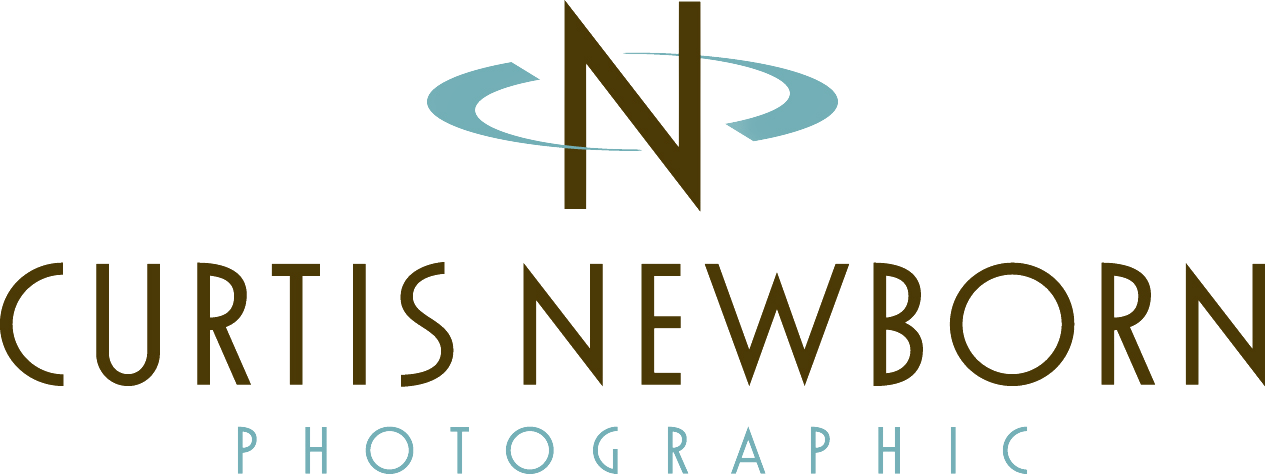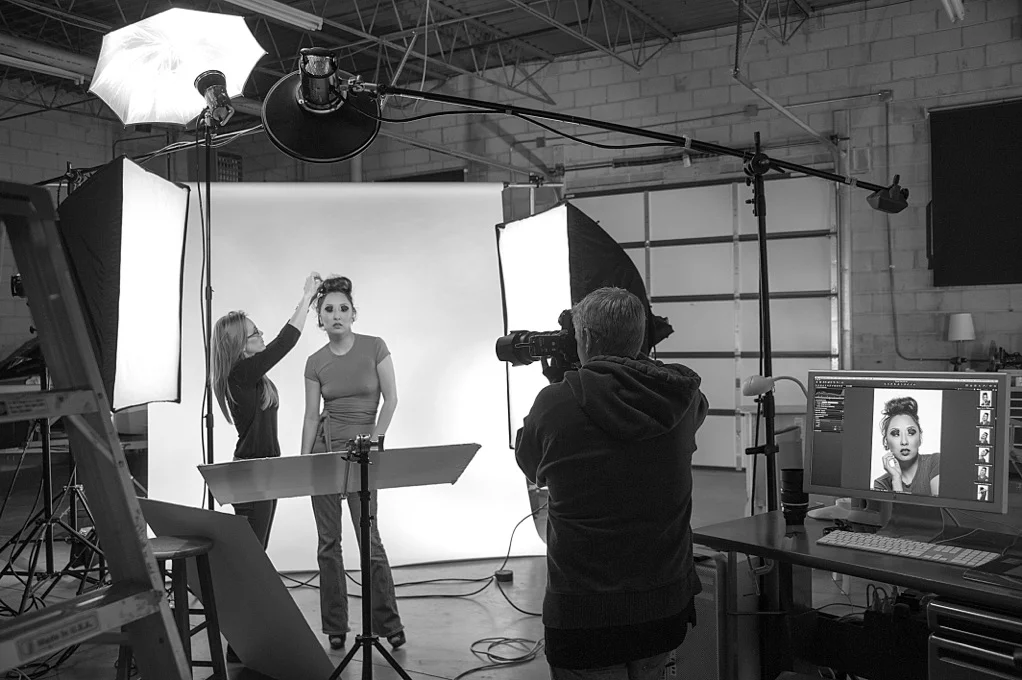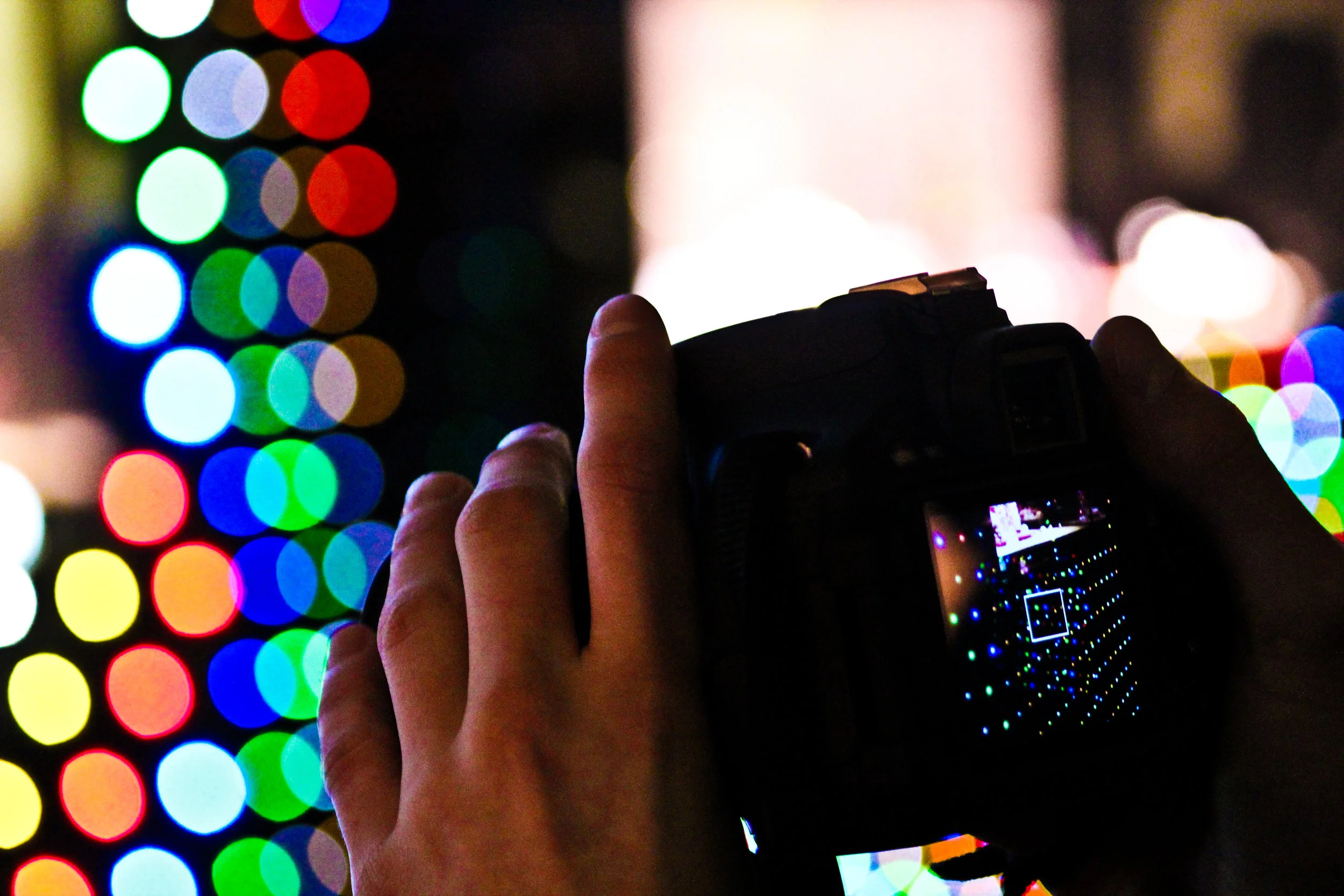We often take a look at ways “technology” is impacting the photography landscape, both at the professional and the personal level. In this post, our Chief Creative Officer and avid smartphone techie @CurtisNewborn, examines details on testing done by DxO Labs dealing with the cameras on two of the hottest smartphones on the market:
The new Google Pixel 2 has bumped the iPhone 8 Plus and Galaxy Note 8 off the number one spot to become the top-performing smartphone camera in DxO Labs' mobile photography tests.
Just a day after Samsung's latest device matched Apple's largest iPhone 8 handset with an overall DxOMark score of 94, Google's newly launched Pixel 2 has now beaten both dual-lens devices with a score of 98, despite despite its rear-mounted single-camera design.
Its top scores in most of our traditional photo and video categories put it ahead of our previous (tied) leaders, the Apple iPhone 8 Plus and the Samsung Galaxy Note 8, despite the Pixel 2 coming in lower in the new Zoom and Bokeh categories. The Pixel 2 is also a major step forward from the Pixel, moving from 90 to 98.
The lab’s reviewers praised the Pixel 2 for excellent video performance, scene reproduction, color rendering, and fast and accurate autofocus, highlighting in particular its "amazing" ability to render detail in both the bright and dark areas of difficult scenes.
One weak spot for the Pixel 2 was said to be exposure in very low light images, which show increased noise in high dynamic range scenes, although excellent exposure and highlight preservation is still in evidence.
Despite performing very well for a single camera phone, the Pixel 2 couldn't outscore the zoom capability of the dual-lens Apple iPhone 8 Plus. The Pixel 2 also sometimes displayed aliasing and moiré artifacts in medium- and long-range zooms.
The lab’s reviewers concluded that for just about any photo or video use case, the Pixel 2 recommends itself as the phone camera with the best image quality, with the exception of zoom and bokeh (including Depth and Portrait) that dual-camera smartphones such as the Apple iPhone 8 Plus and Galaxy Note 8 can provide. The Google handset was especially recommended for videographers, since it achieved the highest video score (96) for any device tested by DxO Labs.
They concluded their research report by saying that their scoring system has "plenty of headroom" to go beyond 100, so we'll have to wait and see if Apple's iPhone X can break that ceiling when it's released in November.














